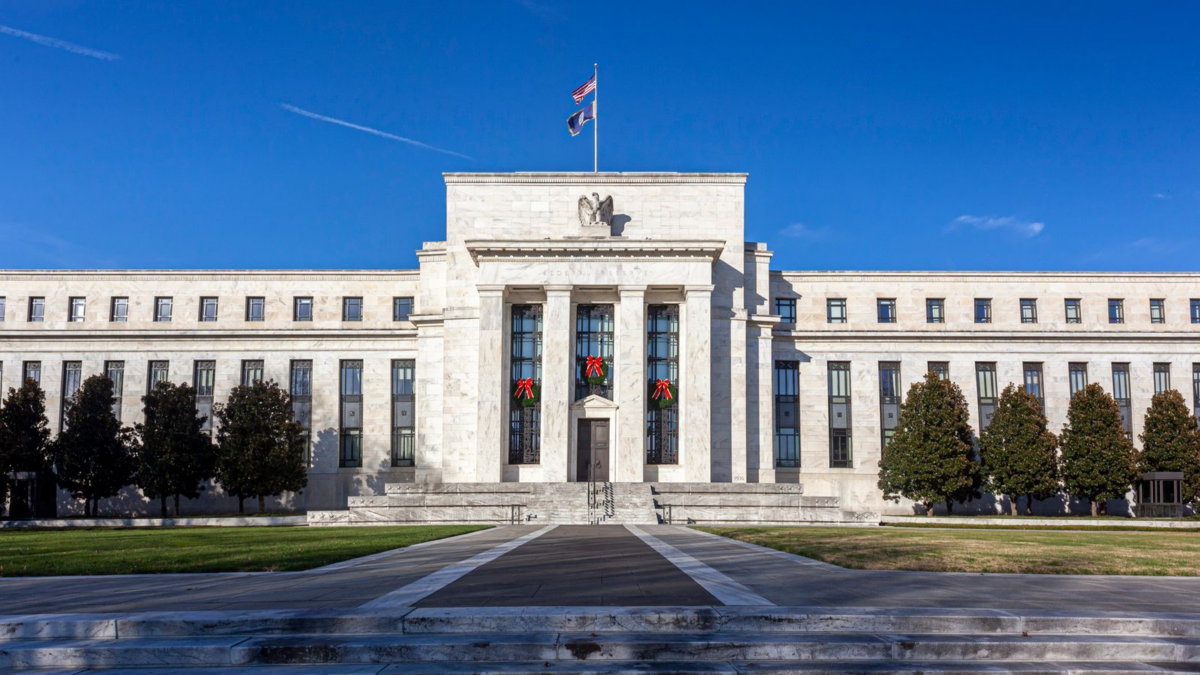For the first time in three months, the Federal Reserve’s dot plot is expected to offer significant information about the bank’s possible rate-cutting intentions. The Fed is navigating a challenging economic environment that is marked by ongoing inflationary pressures and a declining economy, so this development comes at a crucial time.
Decoding the Fed’s Dot Plot
The Federal Reserve uses the Fed dot plot, one of its most important communication tools, to share its interest rate estimates. Each dot on the figure corresponds to a Federal Open Market Committee (FOMC) member’s interest rate prediction for the ensuing years. These forecasts give investors and markets important direction by illuminating the path that policymakers think interest rates should take.

Every quarter, the dot plot is usually refreshed, and any alterations to the dots may indicate a change in the Fed’s policy position. For example, a change in the dots that is upward points to anticipated increases in interest, whereas a shift that is downward points to possible rate reductions. Market players will be eagerly observing the forthcoming dot plot for any indications that the Fed is thinking about loosening monetary policy in reaction to shifting economic circumstances.
Inflation Pressures and Economic Slowdown
The Fed is presenting this dot graphic in a complex economic environment. Throughout the previous year, there have been several aggressive rate hikes, yet inflation has persisted at a high level. Inflation is still higher than the Federal Reserve’s 2% target, despite some signs of reduction. This raises concerns about rising living expenses and declining buying power.
The US economy is beginning to slow down at the same time. Recent figures on GDP growth, consumer spending, and company investment point to a slowdown in the economy. For the Fed, which is tasked with balancing the promotion of maximum employment and stable prices, the combination of high inflation and decreasing growth provides a difficult climate.
In this regard, the forthcoming dot plot will offer a crucial clue as to how the Fed intends to handle these conflicting forces. If the dots point to a possible rate cut, it would indicate that the Fed is putting economic expansion first and is prepared to put up with higher inflation for an extended period of time. On the other hand, should the dots stay the same or even rise, this would suggest that the Fed is still committed to reducing inflation, even if it means slowing down the economy even further.
Anticipating Fed’s Rate-Cut Signals
Investors are anticipating the revised dot plot with great anticipation in order to determine the direction of future Fed policy. The current volatility of the financial markets is a reflection of the ambiguity surrounding the Fed’s future actions. Investors want to know if the central bank will stick to its present tightening strategy to control inflation or start lowering rates to boost the economy.
Lower interest rates typically increase corporate profitability and economic activity, so if the dot plot predicts a cut in rates, stock markets may rise. Bond markets would also react, and as investors modified their expectations for future interest rates, yields might have decreased. On the other hand, since higher rates typically stifle economic growth and raise borrowing costs, a sell-off in both shares and bonds may ensue if the dot plot predicts more rate hikes.
The Fed’s Strategic Approach
One of the most important aspects of the Fed’s monetary policy framework is its communication strategy. Maintaining financial stability requires clear and open communication since it lowers uncertainty and helps control market expectations. The Fed use a number of techniques, not just the dot plot, to communicate its policy goals.
FOMC members, including Fed Chair Jerome Powell, frequently discuss their opinions on the state of the economy and monetary policy in public. These speeches offer more background information and insights into the Fed’s decision-making process, as do the FOMC meeting minutes. The Fed seeks to give a complete picture of its outlook and objectives through a variety of channels in order to influence market expectations and lower volatility.



